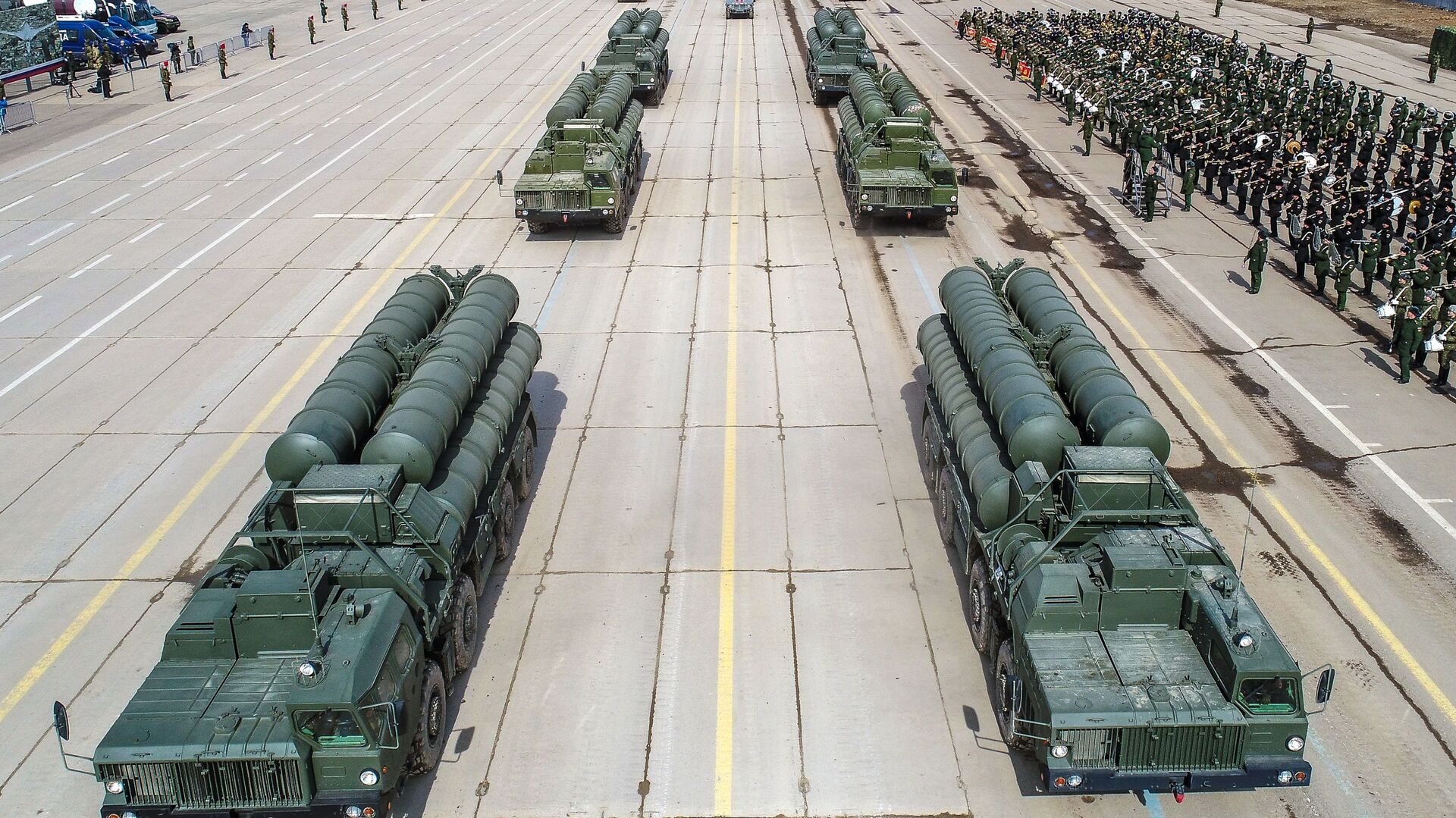Integration of S-400 & BMD to Offer India Robust Air Defense

© Sputnik / Alexey Kudenko
/ Subscribe
Last week, India became the sixth country after the US, UK, Russia, China, and Israel to successfully test a Ballistic Missile Defense (BMD) system.
India's air defense system will become robust and far more effective after the reported integration of the country's latest Ballistic Missile Defense (BMD) system and the S-400 aerial shield acquired from Russia, Indian Air Force (IAF) veterans have said.
According to Air Marshal (Retd) M. Matheswaran, the BMD has been under development for more than 15 years, and with the S-400 air defense system coming in from Russia, it makes a lot of sense for India to integrate it with the Russian-manufactured military platform.
According to Air Marshal (Retd) M. Matheswaran, the BMD has been under development for more than 15 years, and with the S-400 air defense system coming in from Russia, it makes a lot of sense for India to integrate it with the Russian-manufactured military platform.
"The integration of the S-400 and India's BMD will form a robust and effective air defense shield. However, at present, 360-degree coverage will not be possible because the IAF will need a lot more air defense systems than it currently has to fill the operational requirements," he told Sputnik India on Monday.
Matheswaran noted that as the number of air defense missile systems in India's inventory is limited, guarding the most critical sectors becomes important, and hence, the IAF will base the BMD and the S-400 in those areas and set up a shield there.
The defense pundit reckoned that a 360-degree shield with a 400 km range would need a lot more investment in terms of the number of systems to be fielded on the ground. Nonetheless, it is a developing process, and if the IAF chooses to operationalize it immediately, it would focus on integrating it sector-wise.
Meanwhile, Anil Khosla, the former Vice-Chief of the IAF, observed that the spectrum of air defense was increasing.
He pointed out that on the one hand, you have sub-conventional platforms like drones and other Unmanned Aerial Vehicles (UAVs) and on the other, you have long-range vectors with hypersonic missiles. So one needs to cater to both threats and that's why multiple umbrellas are needed.
The defense pundit reckoned that a 360-degree shield with a 400 km range would need a lot more investment in terms of the number of systems to be fielded on the ground. Nonetheless, it is a developing process, and if the IAF chooses to operationalize it immediately, it would focus on integrating it sector-wise.
Meanwhile, Anil Khosla, the former Vice-Chief of the IAF, observed that the spectrum of air defense was increasing.
He pointed out that on the one hand, you have sub-conventional platforms like drones and other Unmanned Aerial Vehicles (UAVs) and on the other, you have long-range vectors with hypersonic missiles. So one needs to cater to both threats and that's why multiple umbrellas are needed.
"With multiple umbrellas I mean, radars capable of picking these threats and also weapons to neutralize them. Smaller threats like drones and large threats like hypersonic missiles, which one needs to intercept from a long distance," Khosla stated in a conversation with Sputnik India.
He stressed that to overcome the threats from long-range missiles, an aerial defense shield having long-range radars and weapons is needed and BMD falls under this category.
Moreover, the entire air defense operations are networked now. The radars and weapon systems can no longer operate independently in a standalone mode, the military expert explained.
Moreover, the entire air defense operations are networked now. The radars and weapon systems can no longer operate independently in a standalone mode, the military expert explained.
"The IAF has a fully networked air defense system where the entire area of interest is covered with radars and weapons. Hence, it makes sense that any new AD weapon system that is inducted gets integrated into the whole networked AD environment," Khosla summed up.


